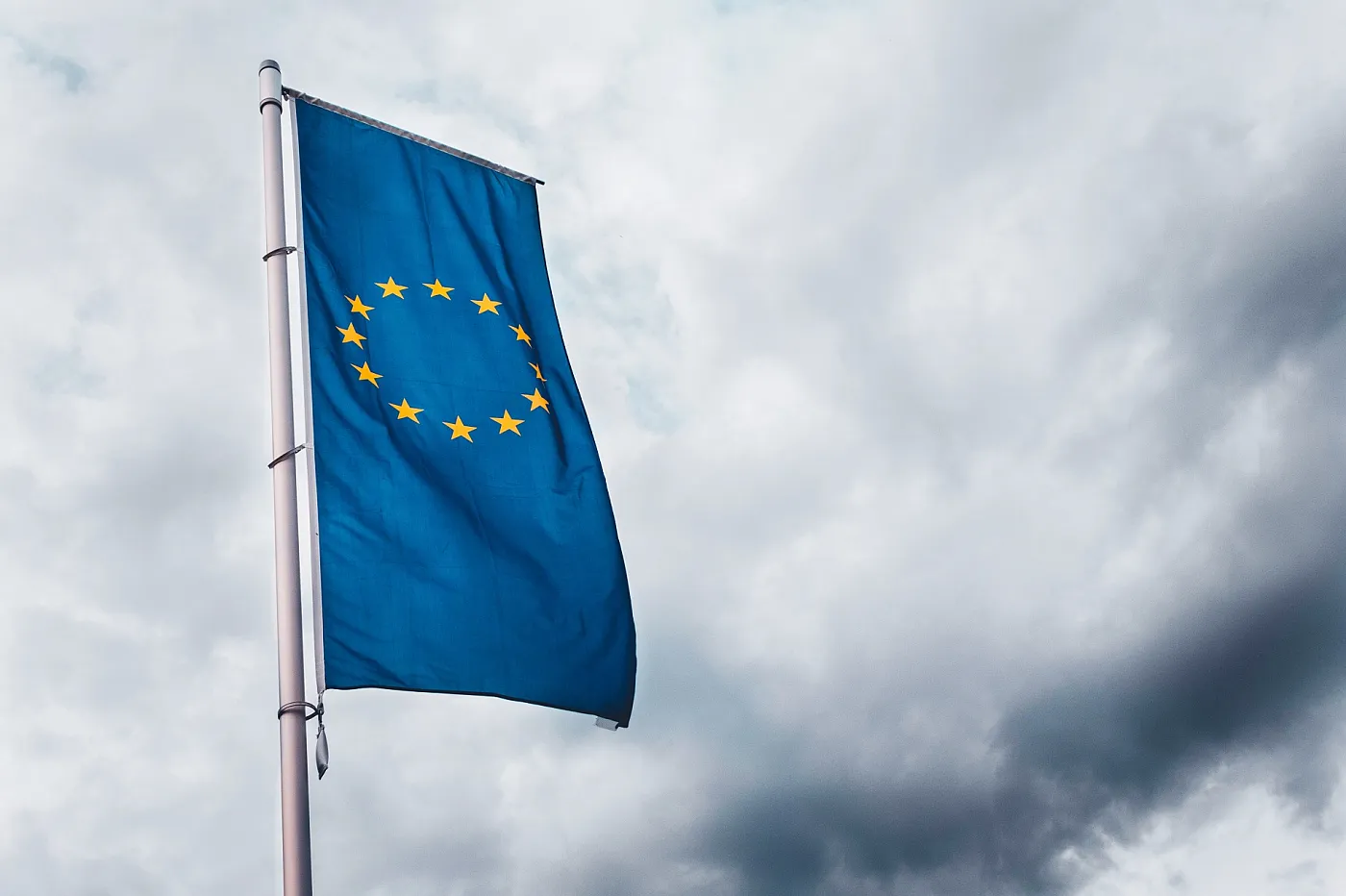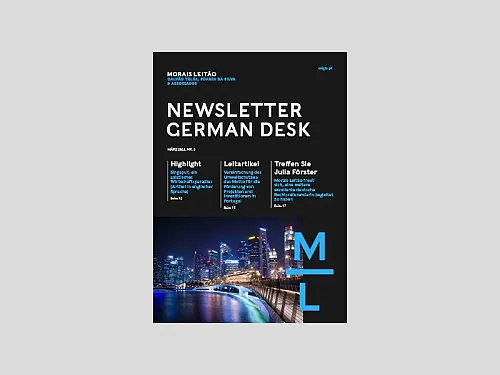29.05.2018
Mind the gap: the risks of jumping the gun
The Altice/PT/Meo Group recently made the news due to the European Commission’s Decision to fine its shareholder Altice NV for about EUR 125 million for allegedly violating the standstill obligation related to the acquisition of exclusive control over PT Portugal/Meo.

While a non-confidential version of the European Commission’s Decision that allows for a grounded analysis of the details of the facts in question has not yet been published, we can only comment on the subject of the standstill obligation and its infringement: gun jumping.
This competition law “slang” term is meant to encompass a broad set of events related to the early acquisition of control of other target-undertakings or assets, in concentrations that are subject to prior non-opposition or authorization procedures by national or European regulatory authorities.
According to the standstill obligation, which is more or less similar at the international level, the concentration cannot be implemented or completed before being duly notified and authorized.
The rule is clear but, as usual in this field of law, the devil is in the details.
It is indubitable that the prohibition covers completing the transfer of ownership of shares or of tangible or intangible assets (the typical effects of completing an acquisition), as well as taking over corporate positions in the target or exercising voting rights in those same bodies.
However there are other behaviors where judging lawfulness/unlawfulness is prone to much more uncertainty.
One such example is the access to commercially sensitive data (and relevant in terms of competition law) given to the acquirer during due diligence processes, which might take place before the conclusion of the acquisition agreement or afterwards, in order, for example, to establish the consideration for the transaction.
Likewise, the analysis of the economic value that can be generated with the operation (the synergies or economies of cost, scope or scale) as well as the preparation of the transition of control to the new partner or shareholder (and the understanding of the respective costs and contingencies) will always entail the provision of “sensitive” data.
On the other hand, the very existence of a competition law authorization procedure generates a hiatus between the moment when an agreement is reached between the acquirer and the seller (or between participants in a fusion) regarding the design or perimeter of the transaction and its respective consideration, and the moment when, after the authorization, the operation can finally be completed (the completion).
This hiatus (or gap) – which can be more or less lengthy depending on the complexity of the substantive or procedural analysis of the concentration in question, but, in any case, will last at least a month and may easily reach an year – will, due to the nature of things, necessarily lead to, at the moment of closing, the acquired//merged quid being different from what it was at the moment of the signing (at the execution).
And one should not exclude the possibility that, according to that “evolution”, be it positive or negative, the buyer may lose interest in buying (at all or for the agreed price, even if subject to review) or the seller may lose interest in selling (in the agreed conditions).
A hypothetical restart of the due diligence process and a renegotiation of the consideration (or of the allocation risks to each of the parties) is completely inefficient and is a disincentive to any merger: during this interim period, the target company tends to lose value, not least due to the lack of a strategic and tactical decision-making capacity. As it is usually said, the seller has already sold but the buyer has yet to buy.
Thus, it is a legitimate interest of both the buyer and the seller to ensure that, at the end of that gap, the target undertaking maintains its characteristics (among which its market presence and performance but also its exposure to the various risks, whether inherent to its activity or “pathological”), even if that may represent a temporary limitation of its freedom to act or its decision-making autonomy (therefore a potential restriction of competition).
The extreme solution of terminating the executed agreement, releasing both parties from the completion of the agreed transaction is obviously not an adequate solution, due to the losses that it will entail to all the parties.
With this in mind, legal practice has developed and established a series of procedures meant to handle this insurmountable point of tension: (i) contractual clauses that prohibit or subject some of the target’s decisions to the consent of the acquirer (interim covenants), namely in regard to strategic options outside the ordinary course of business or any other decisions that significantly affect the target’s value; (ii) mechanisms for the review of the consideration after completion (sometimes associated with the retention of part of the price) for the assessment or subsequent confirmation of certain accounting realities or contingencies; (iii) very detailed and complex confidentiality agreements; (iv) “ring-fencing” of the accessible sensitive information; (v) formation of closed groups (far from key-positions with market impact) of agents to access and handle critical information (“clean teams”), but also “vendors’ due diligences”, among others.
But the strict delimitation of “safe” and “risky” zones of these behaviors was never the object of imperative rules, guidelines or directives (soft law), nor has it been explored by academic theory or judicial decisions.
It is therefore of utmost concern if the European Commission decides to reinforce the “deterrent” element of its sanction, through a “moralizing” or “exemplary” punishment, in an area filled with doubt and grey areas. This will only be accurately assessed once the concrete facts are known and it is possible to evaluate the level of fault in the specific behaviors concerned.
Until then, mind the gap, it is up to the undertakings involved in merger and acquisition processes to reinforce their care with subjecting operations to merger control, regarding the necessity of submitting notifications for authorization, the scope of the sensitive information shared and the early interference of the buyer in the target’s decisions.


